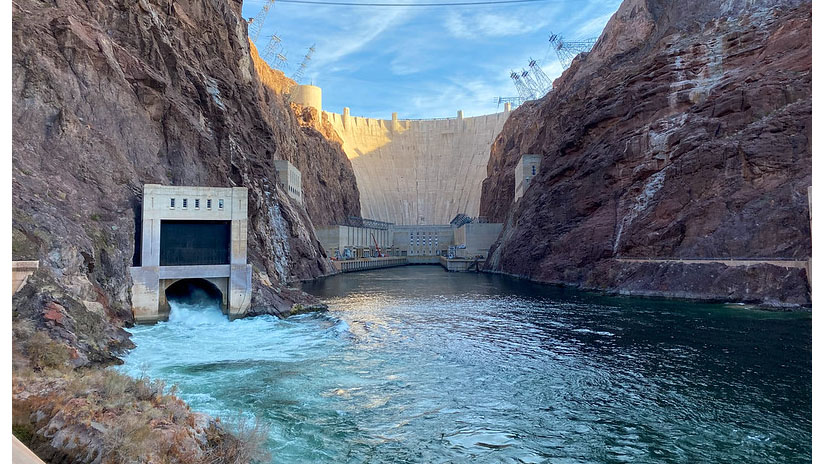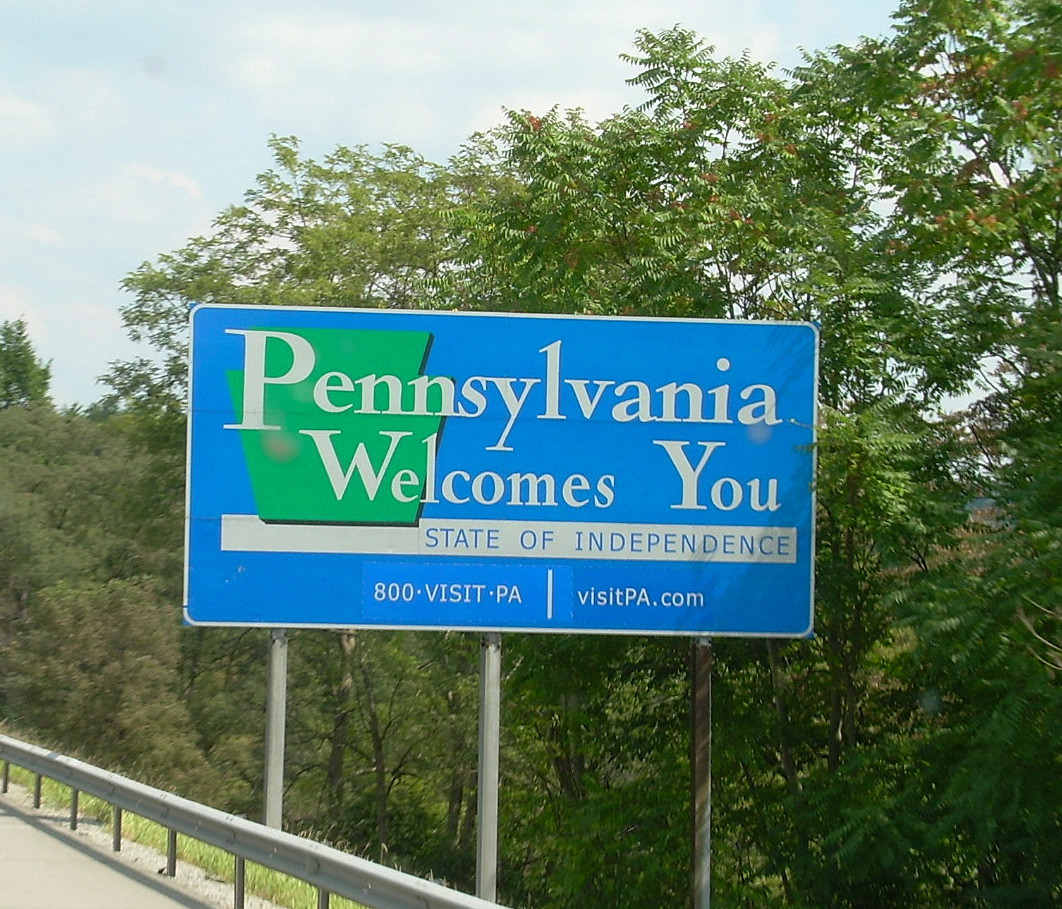Infra
Supply Chain Report Tackles Hydropower’s Missing Links

Study Identifies 5 Key Gaps in the Hydropower Supply Chain—and Ways To Address Them
NREL researchers authored a new report that makes actionable recommendations to address
gaps in the domestic hydropower supply chain. Photo from Connie Castle via the 2023 Make a Splash Photo and Video Contest
Solar panels and wind turbines get a lot of attention in the current conversation
about renewable energy. Meanwhile, hydropower is quietly, consistently producing large
amounts of clean energy—and has been for more than a century. In fact, nearly 27% of all current renewable energy generation in the United States comes from hydroelectric operations.
But in order for hydropower to continue contributing to the nation’s clean energy
goals, a strong domestic supply chain must be put in place to enable new construction,
plant upgrades, and refurbishments to aging systems.
Shoring up that supply chain is the focus of a recently released report, titled Hydropower Supply Chain Gap Analysis, which considers various sectors of the hydropower supply chain—from mining and extraction
to installation and construction. The report identifies five key gaps in the domestic
supply chain and provides actionable recommendations for addressing them.
“There are a number of actionable items that the report identified that we can continue
to work on, like building the hydropower workforce and aggregating hydro’s needs with
other renewable energy industries,” said Tessa Greco, an author of the report and
group manager of the Water Power Deployment and Commercialization team at the National
Renewable Energy Laboratory (NREL). “If we take steps to corral our federal resources
and acknowledge where policy and regulatory improvements might be possible, we can
enable more domestic manufacturing capability.”
Vicky Putsche, Greco, and other NREL researchers authored the study, and Kyle DeSomber
provided insight and strategic direction for the report on behalf of the U.S. Department
of Energy’s (DOE’s) Water Power Technologies Office (WPTO). The report builds on the
Hydropower Supply Chain Deep Dive Assessment, part of a series of reports aimed at building more secure and diverse U.S. supply
chains.
Drawing on the feedback WPTO gathered from hydropower industry stakeholders, Greco and the NREL research team identified five major gaps in the domestic hydropower
supply chain:
- Unpredictable and variable demand signals for materials and components. In general, hydropower systems have exceptionally long lives (i.e., 30–50 years),
so replacements and refurbishment schedules have cycles that span years or decades. - Severely limited or nonexistent domestic suppliers for materials and components. Only one or two domestic suppliers—or in some cases, none—exist for materials and
components. - Federal contracting procedures and domestic content laws. There are several procurement regulations and/or general practices that inhibit
the development of the domestic hydropower supply chain. - Foreign competition, foreign subsidies, and ineffective trade policies. Discussions with companies in the hydropower industry highlighted inequitable competition
from foreign companies and ineffective trade policies as issues in the hydropower
supply chain. - Shortage of skilled workers. Hydropower manufacturing and upstream support industries suffer from a lack of expertise
in the workforce. As these industries have been offshored over the last 40 years,
skilled workers have retired or moved to other industries.

supply chain for future hydropower project updates or installations. Photo from Kate Stirr via the 2023 Make a Splash Photo and Video Contest
To address these gaps, the report offers the following recommendations:
- Lead with the federal fleet to prime the development of an aggregated, consistent
demand signal. Nearly 50% of the domestic hydropower fleet is federally owned. The potential demand
signal from new federal facilities and refurbishments can be significant. Federal
procurement processes should be evaluated to ensure that they are effective in developing
the domestic supply chain while obtaining the hydropower and pumped storage hydropower
equipment and services the federal fleet needs. - Increase awareness of the domestic supply chain through the development of databases
of domestic manufacturing and installations. Developing tools to predict demand is another way that WPTO can help both the federal
and private fleets. Tools currently in development or undergoing enhancements include
a database of domestic suppliers along the hydropower supply chain and a tool that
allows users to see data (e.g., size and turbine type) on individual hydropower generation
units. - Work with other clean energy industries to create a significant, steady, and predictable
demand signal for common materials. Although the demand from the hydropower industry is in the billions of dollars annually,
it is not sufficient to build out a domestic industry, especially in the material
and component sectors. However, many of the components and materials used for hydropower
systems (e.g., transformers and electrical steel) are also used in other clean energy
technologies, such as wind energy, and for upgrading the electric grid. Industries
such as ship manufacturing and defense supply chains also have commonalities with
hydropower. These industries can be leveraged so that the aggregate demand can address
gaps in their respective supply chains. - Continue workforce development efforts. There are few low-carbon energy technologies that have as significant of a gap in
educational programs as hydropower. In addition to expanding academic programs, there
are also a vast array of experiential-type programs that can help raise awareness
of hydropower and its opportunities, including internships/fellowships/apprenticeships,
experiential placements, job fairs, primary- and secondary-school competitions, collegiate
competitions, and programs that place veterans and other unique workforce segments.
Collectively, these recommendations will help DOE plan for future rehabilitations
and new construction efforts while informing policies, incentives, loan programs,
and technology investments that can support the domestic supply chain.
“We should continue to invest in hydropower workforce analysis and programs like the
Hydropower Collegiate Competition, which are already reaping huge rewards,” Greco said. Moving forward, she added,
“NREL is eager to support WPTO’s commitment to bringing together federal agencies
that own and operate hydropower facilities. This collective cooperation will be vital
for advancing the hydropower industry into the future.”
Learn more about NREL’s hydropower research, and subscribe to the NREL water power newsletter, The Current, to make sure you don’t miss a water power update.









